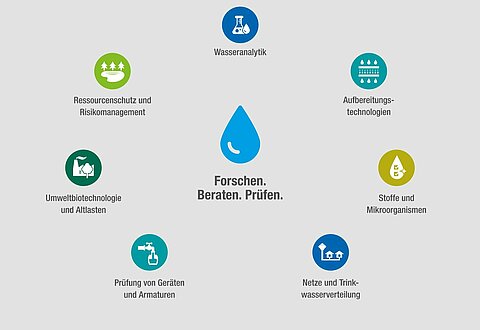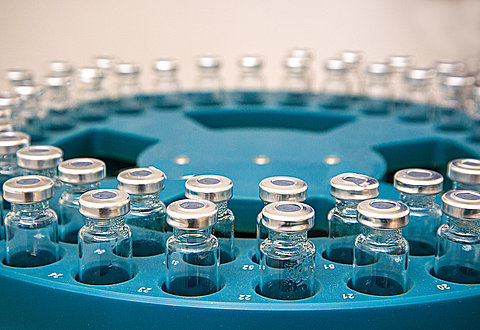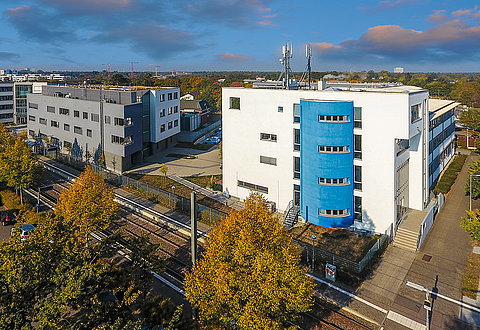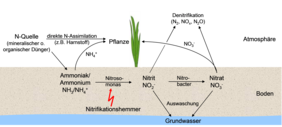The element nitrogen has a major role in plant production. To minimise the leaching or evaporation of nitrogen compounds that are accessible to plants, several nitrification and urease inhibitors are approved in Germany for agricultural use according to the Fertilisers Regulation. These can be spread during fertilisation. Before this study, there were no findings on the significance of these substances for the quality of raw and drinking water in Germany.
A multi-method was developed for the trace analytical detection of nitrification and urease inhibitors that enabled their detection in the low ng/l range. The results of monitoring major German watercourses suggest that 1H-1,2,4-triazole and DCD are the lead compounds in this compound class in Germany. Both were detected in major watercourses such as the Rhine at concentrations of several µg/l. DCD appears to be ubiquitously present in major rivers. Elevated concentrations in the Rhine from the Mainz sampling point were striking and are attributed to contamination from the Neckar. The high concentrations in the Neckar and Rhine evidently originate from the Jagst river catchment. In some cases, levels over 100 µg/l DCD were evidenced in samples taken from the lower course of the Jagst.
Only 1H-1,2,4-triazole and DCD could be detected in isolated cases in groundwater and drinking water. However, the number of positive findings of the total number of investigated samples was very low and the concentrations were near the limits of detection. No primary biodegradation of the lead substances 1H-1,2,4-triazole and DCD could be observed in the simulated aerobic bank filtration. Laboratory trials with various standard soils confirmed the few literature values on the low sorption of the compounds. In trials with diluted sewage sludge on the primary biodegradation of organic micropollutants, no influence of 1H-1,2,4-triazole and DCD on the degradation behaviour could be determined. This was also the case in batch trials when both compounds were added at significantly higher concentrations than were evidenced in the environment.
Publications:
Scheurer, M.; Sacher, F.: Bedeutung von Nitrifikations- und Ureaseinhibitoren für die Trinkwasserversorgung [Significance of nitrification and urease inhibitors for drinking water supply]. DVGW energie|wasser-praxis 09/2014, 70-75 (2014)


![[Translate to English:] Prüfstelle-Produktprüfung_Teststand Test centre and product testing](/fileadmin/_processed_/0/9/csm_TZW-Karlsruhe_Pruefung_Geraete-Teststand_444204ae51.jpg)
























